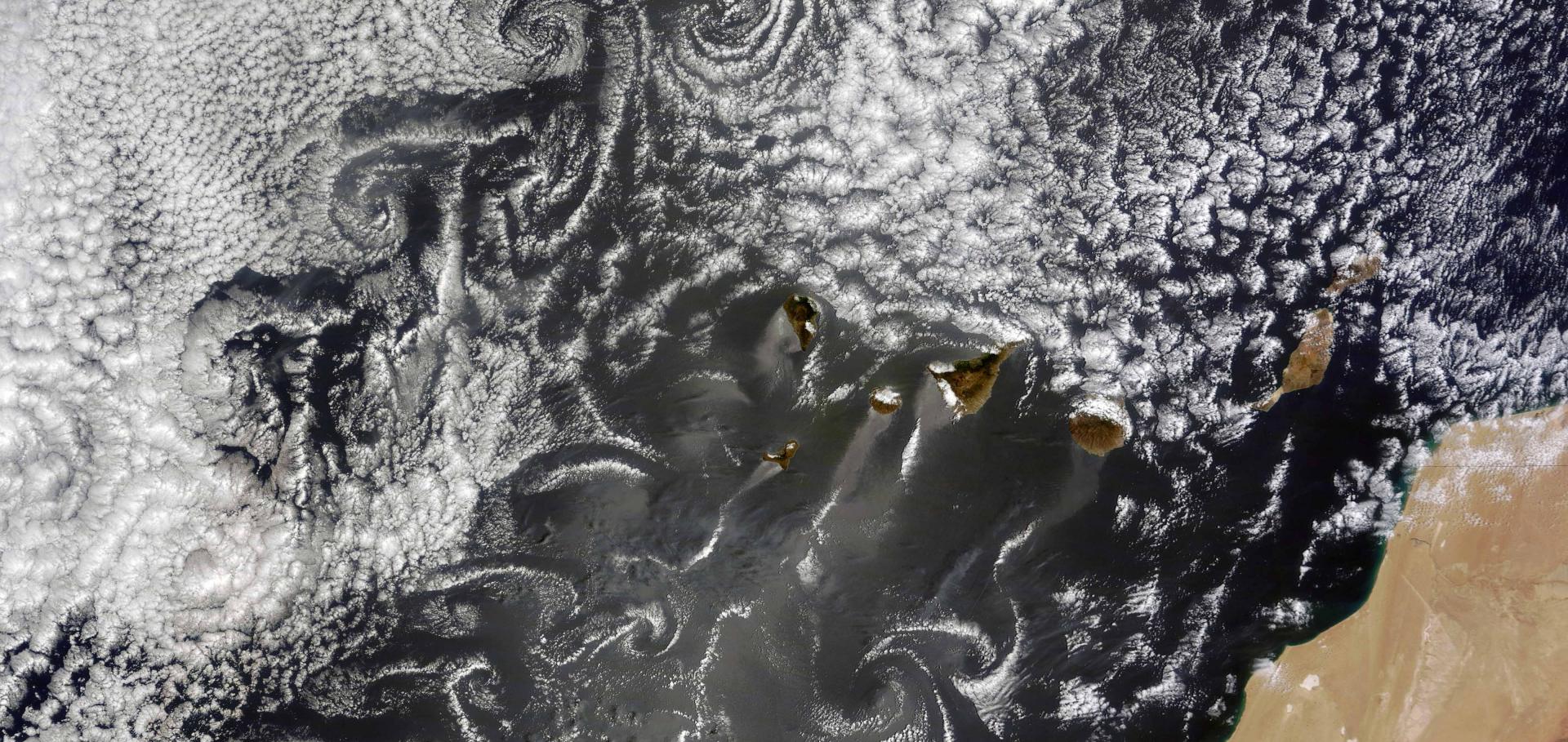Jury is still out on the radiative forcing by black carbon
Abstract:
The jury is still out on the question of the net climate impact of BC and how much climate cobenefit will result from the necessary mitigation of BC emissions.Evaluation of the aerosol vertical distribution in global aerosol models through comparison against CALIOP measurements: AeroCom phase II results
Abstract:
The ability of 11 models in simulating the aerosol vertical distribution from regional to global scales, as part of the second phase of the AeroCom model intercomparison initiative (AeroCom II), is assessed and compared to results of the first phase. The evaluation is performed using a global monthly gridded data set of aerosol extinction profiles built for this purpose from the CALIOP (Cloud-Aerosol Lidar with Orthogonal Polarization) Layer Product 3.01. Results over 12 subcontinental regions show that five models improved, whereas three degraded in reproducing the interregional variability in Zα0–6 km, the mean extinction height diagnostic, as computed from the CALIOP aerosol profiles over the 0–6 km altitude range for each studied region and season. While the models' performance remains highly variable, the simulation of the timing of the Zα0–6 km peak season has also improved for all but two models from AeroCom Phase I to Phase II. The biases in Zα0–6 km are smaller in all regions except Central Atlantic, East Asia, and North and South Africa. Most of the models now underestimate Zα0–6 km over land, notably in the dust and biomass burning regions in Asia and Africa. At global scale, the AeroCom II models better reproduce the Zα0–6 km latitudinal variability over ocean than over land. Hypotheses for the performance and evolution of the individual models and for the intermodel diversity are discussed. We also provide an analysis of the CALIOP limitations and uncertainties contributing to the differences between the simulations and observations.Effect of aerosol sub-grid variability on aerosol optical depth and cloud condensation nuclei: Implications for global aerosol modelling
Limitations of passive remote sensing to constrain global cloud condensation nuclei
Abstract:
Aerosol–cloud interactions are considered a key uncertainty in our understanding of climate change (Boucher et al., 2013). Knowledge of the global abundance of cloud condensation nuclei (CCN) is fundamental to determine the strength of the anthropogenic climate perturbation. Direct measurements are limited and sample only a very small fraction of the globe so that remote sensing from satellites and ground-based instruments is widely used as a proxy for cloud condensation nuclei (Nakajima et al., 2001; Andreae, 2009; Clarke and Kapustin, 2010; Boucher et al., 2013). However, the underlying assumptions cannot be robustly tested with the small number of measurements available so that no reliable global estimate of cloud condensation nuclei exists. This study overcomes this limitation using a self-consistent global model (ECHAM-HAM) of aerosol radiative properties and cloud condensation nuclei. An analysis of the correlation of simulated aerosol radiative properties and cloud condensation nuclei reveals that common assumptions about their relationships are violated for a significant fraction of the globe: 71 % of the area of the globe shows correlation coefficients between CCN0.2 % at cloud base and aerosol optical depth (AOD) below 0.5, i.e. AOD variability explains only 25 % of the CCN variance. This has significant implications for satellite based studies of aerosol–cloud interactions. The findings also suggest that vertically resolved remote-sensing techniques, such as satellite-based high spectral resolution lidars, have a large potential for global monitoring of cloud condensation nuclei.


